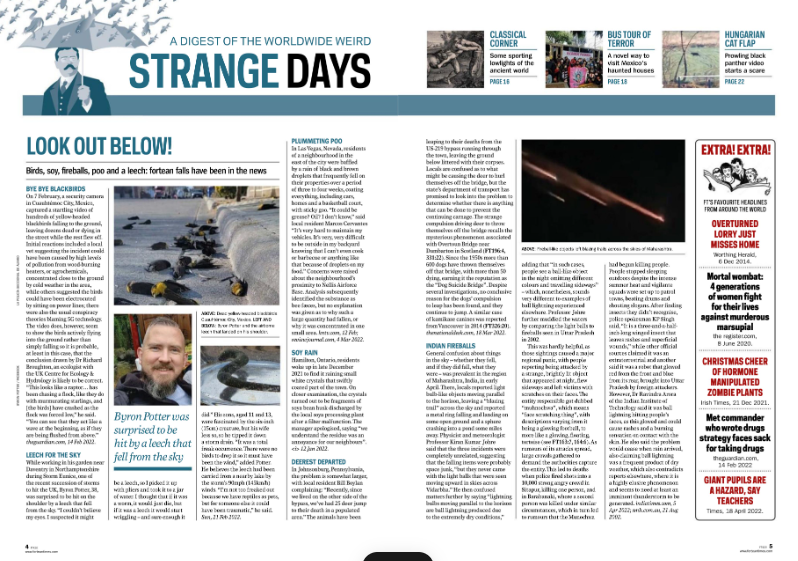This part of my blog will detail my research into the potential audience for my product
I created a survey to better my audience and how I can appeal to them. This survey included basic questions such as age, gender and whether they liked reading magazines. It also includes some more specific questions such as articles they would be interested in reading or what magazine name they liked best.
As I wanted an international audience, I tried to share with as many people as possible. I shared this with friends and on social media (Instagram, Tumblr etc.) while encouraging them to share too which ensured that I could reach people from different parts of the world
Here are some of the significant results:
A lot of the results had affirmed my assumptions such as my audience being of mixed genders and mostly being of a similar age to me, however, there are some results I had not expected and will affect the direction I plan to take with my magazine
1
I had expected most people to be interested in ghost hunting/exorcism as most popular horror media seem to be about that topic. However, 35% of my audience seems to enjoy cryptozoology most which I believe is a good thing as, not only am I most passionate in it, it serves one of my product's purpose to discuss paranormal beliefs from different cultures and I think this would be a good opportunity for that since it would let me discuss cryptids from different various different cultures. I think the most popular options here could be used as inspiration of what I could include in my skyline
2
Initially I wanted a shorter name like 'Mystic' and felt as though the longer names weren't very good but according to the results, over 50% of my audience prefer the name "Timely Terrors" which I will now use for my magazine as it seems to attract audiences best
3
This result was really unexpected for me as I thought people would be less interested to hear about other paranormal themed media. I intended this question to help determine which article I should write, however, I feel like the results of this question may be biased due to the fact that I am active in the Magnus Archives fandom on my social medias so, because of this, I will write the second most popular article instead. I will use it as one of my main cover lines on the front cover though as I don't want to ignore the results. The other popular results will also be featured as cover lines too as, according to the results, they attract the most audiences.
Other responses:
This question has provided a lot of insight on why audiences consume paranormal-related media. Most often people said it was for the thrill, fascination or simply just for fun but this response sticks out to me as, unlike most people, they focus on the storytelling aspect rather than the factuality of it. I find this to be an interesting approach I could potentially apply to my content
Reflection:
- I was actually pretty excited to do the audience research as I wanted to know how my audience would feel about my product. I was curious to what people found fascinating in niche genres like mine. It ended up really useful as it helped me decide what I could do to appeal to my audience. I understood what content they wanted to see and that my magazine would be mainly used for the uses and gratification of surveillance and diversion. I then used their responses to curate the magazine that would satisfy my audience by including the content they wanted to see (History of Ghost Hunting, Fiction Spotlight etc.) and making my magazine more informative while maintaining a lighthearted feel

.jpeg)























.jpeg)




